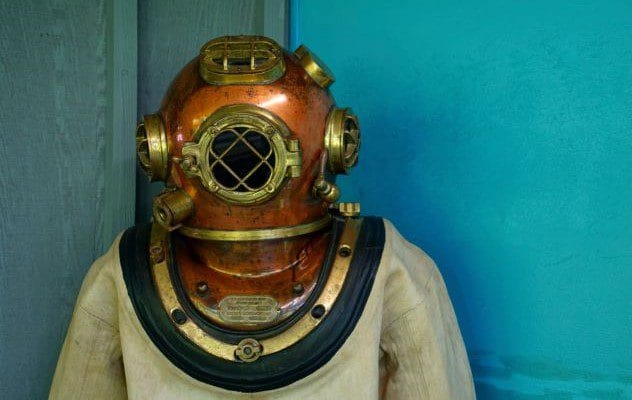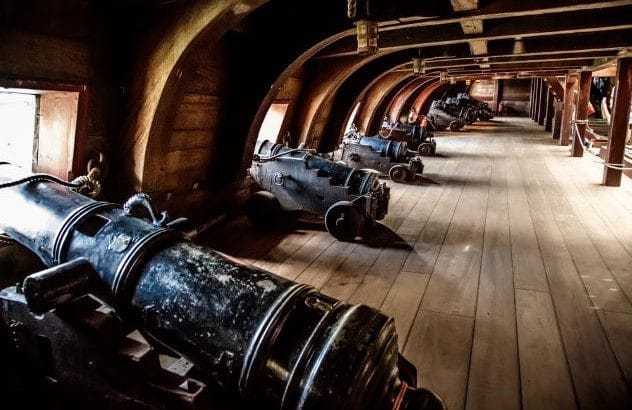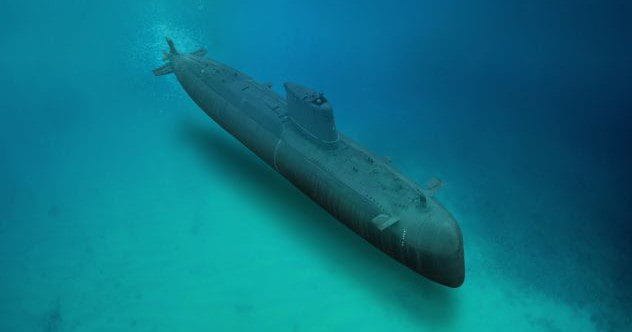War is a brutal reality, and every role in military conflict carries inherent risks. From frontline fighters to support staff, danger is constant. However, some military jobs throughout history have been exceptionally perilous, demanding extraordinary courage in the face of almost certain death. Let’s delve into ten such deadly roles, where individuals risked everything, with many fading into forgotten moments.
10. Submariner (World War II)
Submarines saw increased use during World War II. Both German U-boats and Allied submarines became more prevalent, leading to thousands of men venturing into the depths. The technology, however, was still in its early stages. Cramped conditions, accidents, and enemy attacks turned these vessels into underwater coffins.
Out of approximately 16,000 American submariners, nearly 4,000 perished in action—a staggering 25% mortality rate. The German submariner experience was even grimmer, with about 28,000 of 41,000 losing their lives. Serving on a U-boat meant facing a two-in-three chance of death in the cold, dark depths. [1]
9. Trench Runner (World War I)
World War I was a war of attrition, and trench runners faced some of its most horrific dangers. With wireless communication unreliable, young, physically fit soldiers were tasked with delivering messages between trenches. This meant sprinting across open ground, exposed to constant enemy fire.
Runners became targets for soldiers seeking action amidst the monotony and terror of trench warfare. Artillery shells and relentless attacks were common, making survival a matter of luck. As one veteran noted, it was “merely a question of how long he would last before being wounded or killed.” [2]
8. Tin-Opener (World War I)

During World War I, submarine technology was rudimentary, making the job of “tin-openers” incredibly dangerous. These deep-sea divers were tasked with raiding sunken German U-boats to retrieve coded messages and ciphers for the British Royal Navy.
The risks were immense. Many submarines were sunk in minefields, and even if divers reached the vessels, they faced active torpedoes and ammunition. The diving suits were primitive, oxygen pipes faltered, and the crushing pressure of the depths claimed many lives. Small mistakes were magnified, and there was no help available so far beneath the surface. [3]
7. Greek Fire Operator (Byzantine Era)
The Byzantine Empire’s “Greek Fire” was an early form of flamethrower, used from the fifth century onwards. Operators would shoot a preheated and pressurized liquid through bronze tubes, creating a fiery volley that could travel nearly 100 feet. It famously saved Constantinople from invasions.
However, the primitive technology meant the operators were constantly at risk. Ships carrying Greek Fire often caught fire themselves, making it as dangerous to its users as to its enemies. The exact formula for Greek Fire remains a mystery, leading some to speculate that its deadly nature contributed to its eventual abandonment. [4]
6. Merchant Mariner (World War II)
Merchant mariners weren’t active-duty fighters, but they often faced deadly risks during World War II. They sailed to deliver supplies to Allied soldiers in Europe, navigating dangerous seas patrolled by German U-boats. The “Murmansk Run,” taking ships to Norway and Soviet-controlled ports, was particularly perilous.
Nearly 10,000 U.S. Merchant Marine sailors died at sea during the war, making it proportionally America’s deadliest service branch. Despite their sacrifices, surviving mariners were initially denied veterans’ benefits, a wrong that wasn’t righted until decades later. [5]
5. Siege Sapper (Medieval Times)
Siege sappers were medieval miners who tunneled underground to collapse enemy fortifications. They would create tunnels beneath the battlefield, supporting them with wooden posts. When enemies advanced, the posts would be set alight, causing the tunnel to collapse and trapping the foe.
This tactic was ingenious but incredibly dangerous. Miscalculations, improper support beams, or unexpected collapses often led to tunnels caving in on the sappers themselves, crushing dozens or even hundreds under tons of rock and dirt. [6]
4. Deminer (Present Day)
Demining remains one of the deadliest jobs in modern warfare. Deminers carefully and methodically deactivate and dismantle landmines in minefields, often in areas that have been contaminated for decades. Using metal detectors, they locate potential mines and painstakingly excavate them.
Working with these devices, often set long ago by various factions, is fraught with danger. Deminers are frequently injured or killed by these unpredictable explosives. Despite the immense risk, their work is crucial for making rural areas safe. [7]
5. Coup Counter (American Indian Wars)
“Counting coup” was a practice among many Great Plains Indian tribes that involved touching an enemy warrior on the battlefield. A warrior would ride or run up to an enemy and touch them with their bare hand or a “coupstick.” This act was less about killing and more about demonstrating bravery.
While intended to bring dishonor to the enemy, it was an exceptionally dangerous act. Getting within arm’s reach of an enemy in battle risked immediate death. Counting coup against U.S. Army soldiers armed with guns made it even more perilous, yet it remained a vital part of Plains warfare for centuries. [8]
2. Powder Monkey (Age of Sail)

During the Age of Sail, young children served as “powder monkeys” on naval vessels. These boys, often orphans as young as seven, were tasked with carrying live explosives and gunpowder around ships. This role was essential because adults were often too large to navigate the small holds.
During battles, powder monkeys would run between the hold and the deck, delivering gunpowder to the cannon crews. Being in such close proximity to explosives during battle was incredibly dangerous, yet these children had no other options. They died in large numbers, often anonymously. Even into the Civil War era, ships employed powder monkeys, paying them meager wages for their deadly work. [9]
1. Air Force Pilot (World War I)
In World War I, aerial warfare was a new and incredibly dangerous frontier. Airplane technology was in its infancy, leading to frequent in-flight accidents and malfunctions. The average lifespan of a fighter pilot was estimated to be a mere ten weeks from the start of their job.
Many pilots didn’t even make it to battle, perishing in training accidents. The planes, constructed of wood and canvas, were prone to collapsing or catching fire. Pilots also lacked in-flight radio, making communication and navigation nearly impossible. Friendly fire incidents were common. Facing enemy aircraft guns and ground-to-air artillery completed the deadly mix. [10]
These ten military jobs stand as stark reminders of the sacrifices made throughout history. The individuals who filled these roles faced unimaginable dangers, showcasing extraordinary courage and resilience in the face of almost certain death.
What are your thoughts on these dangerous jobs? Leave your comment below.










